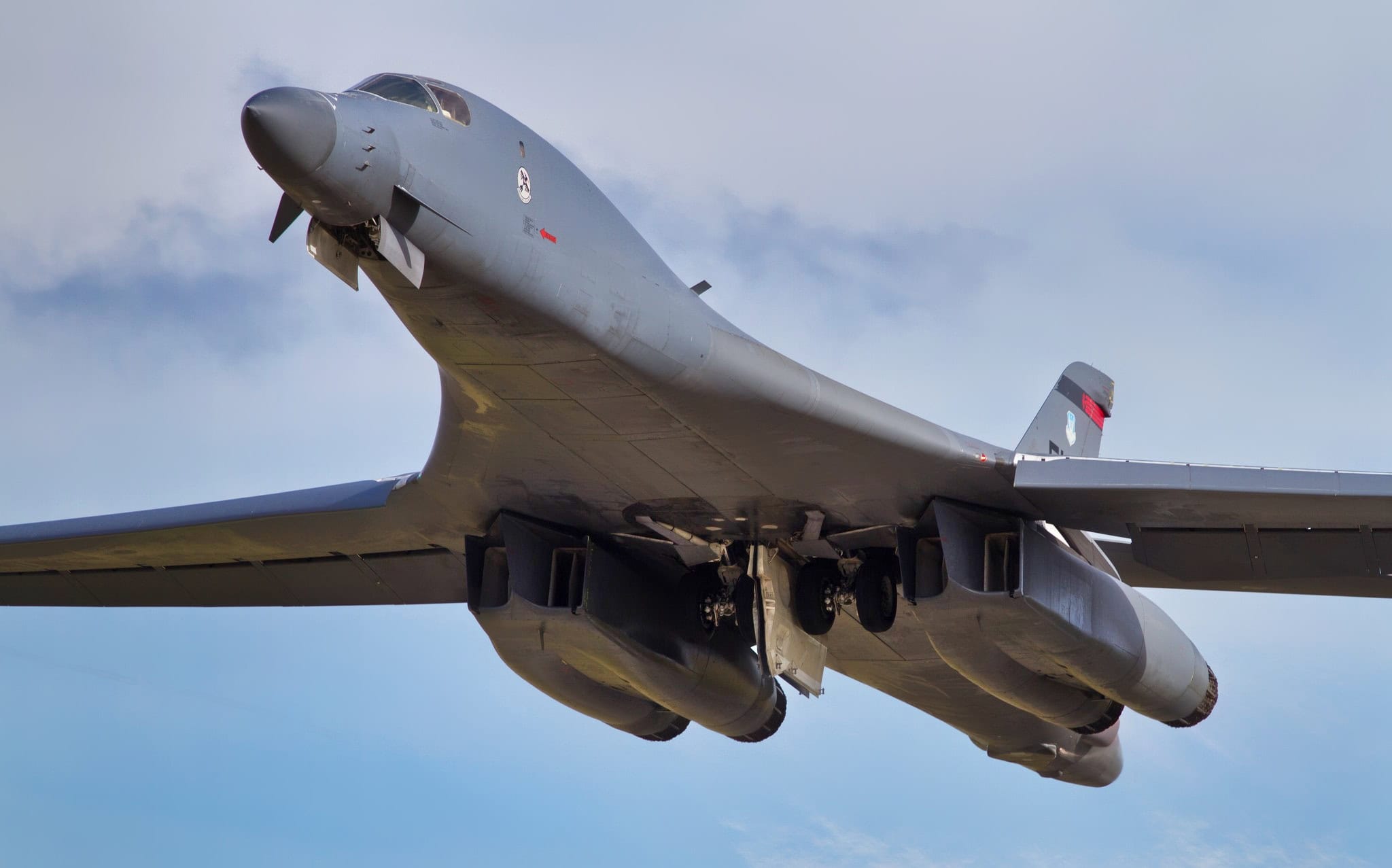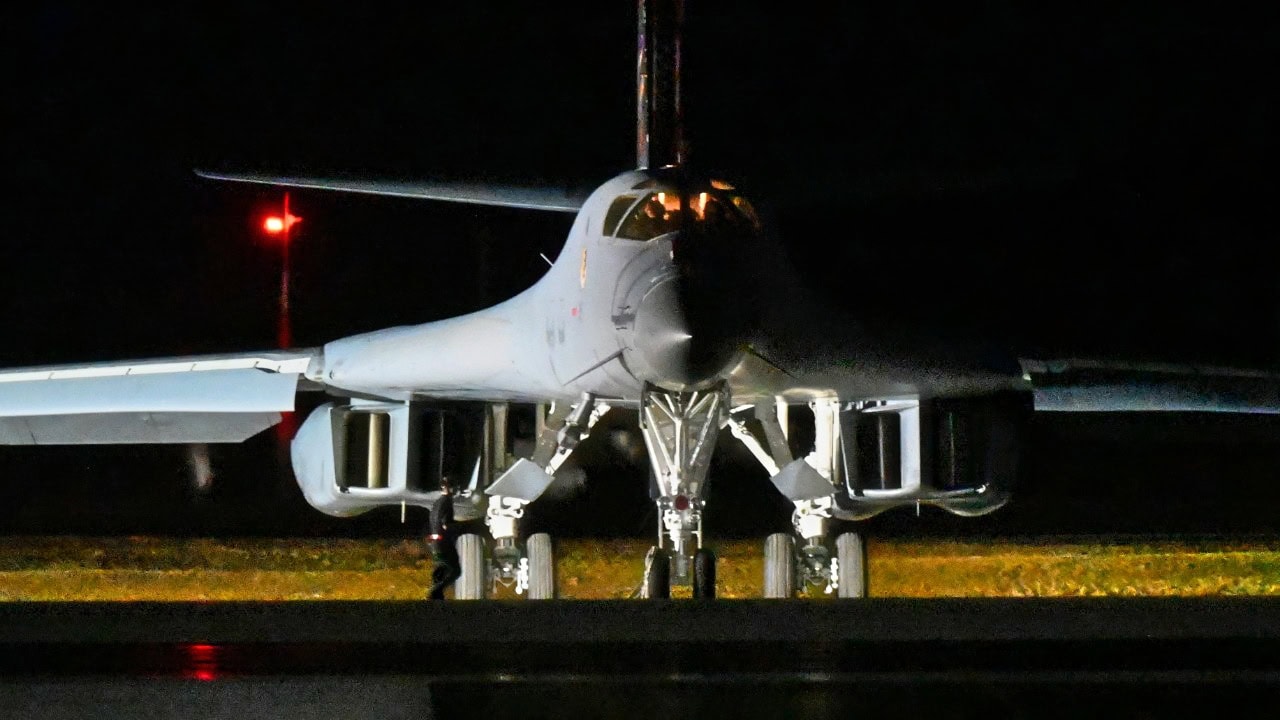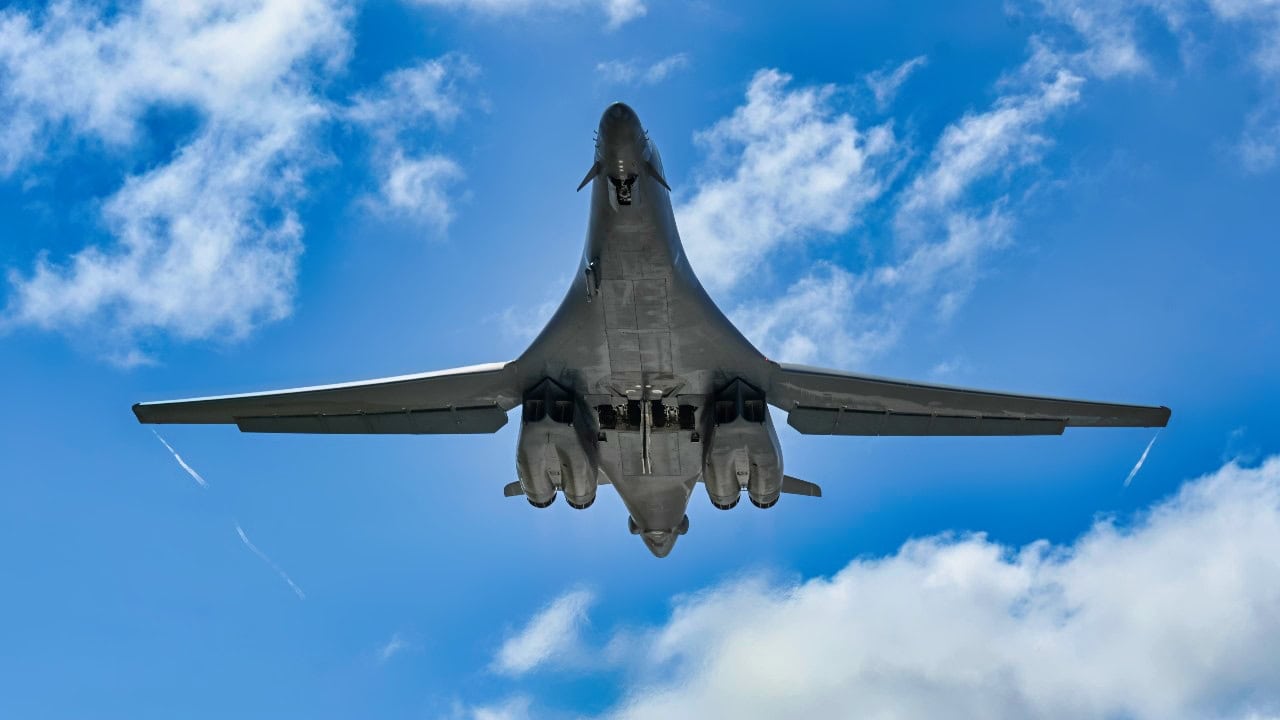According to a statement from the US Pacific Air Forces and Air Force Global Strike Command, on April 15, B-1B bombers landed at Misawa Air Base for the US Air Force’s (USAF) first-ever Bomber Task Force (BTF) rotation to an air base in Japan.
B-1B Bombers are Now Close to China

B-1B Lancer. Image Credit: Creative Commons.
These aircraft, usually based at Dyess Air Force Base in Texas, landed at Misawa after having flown a training mission with South Korean Air Force (ROKAF) fighters earlier that day. This is the first time ever that the B-1 will be based out of Misawa for a rotation.
The aircraft, airmen, and support equipment, which had all flown in from the 9th Expeditionary Bomb Squadron at Dyess AFB, landed at the northern Japan air base on the 15th, according to a PACAF news release.
The number of bombers and airmen and the expected duration of the exercise have not been cleared for release by PACAF, according to Capt. LeeRoy Stark, a spokesman for the 35th Fighter Wing at Misawa, said in an email on April 17.
This deployment was also one of the first in decades that the USAF had deployed bombers in Japan for more than a few days. The only exception dates back to the 1960s when B-52s were stationed at Kadena Air Base on Okinawa as part of USAF missions in the Vietnam War.
Bombers have also landed in Japan proper before. A B-52 made an emergency landing at Yokota Air Base in April 2024.
Also, B-1s conducted the first BTF in 2025—taking off from Guam and landing at Misawa in February for fuel stop-and-go, or what the USAF refers to as “hot-pit refueling.”
Utility of the BTF Deployments
The USAF introduced the Bomber Task Force concept in 2018 after it ended the previous practice of maintaining a continuous overseas bomber presence rather than basing the aircraft inside the CONUS, as is the practice now.
Pentagon officials have touted the BTF rotations, some of which can last for several months, as having more than one valuable function.
One is that the BTF exercises allow the bomber force to operate with more flexibility, creating a larger number of options as to where the bomber force can land and then stage raids from within the theater.
This has the advantage of making the use of any of the B-1Bs or B-2 – as in where they could be launched from—“a less predictable proposition,” said one former senior Pentagon official who spoke to 19FortyFive.
To support increasing the number of options that make that flexibility and unpredictability possible, USAF officials have continued to expand the number of temporary deployment sites where they have based bombers.
In the Indo-Pacific, the USAF had previously hosted Bomber Task Forces in Guam, Australia, and Diego Garcia. From those aerodromes and other sites, bombers had flown missions to and over Indonesia, South Korea, and the Philippines.
Regional Stability and B-1B
The operations conducted under “BTF 25-2 showcases the U.S. commitment to deterring threats and maintaining regional stability,” said Lt. Col. Christopher Travelstead, director of operations for the deployed squadron.

A U.S. Air Force B-1B Lancer assigned to the 34th Expeditionary Bomb Squadron, Ellsworth Air Force Base, S.D., runs final checks before takeoff of a training mission in support of Bomber Task Force 25-1 at Andersen Air Force Base, Guam, Feb. 24, 2025. The BTF missions are designed to showcase the Pacific Air Force’s ability to deter, deny, and dominate any influence or aggression from adversaries or competitors. (U.S. Air Force photo by Tech. Sgt Robert M. Trujillo)00
“These missions in the Indo-Pacific ensure our B-1 crews are highly trained and ready to respond anytime, anywhere, to defend U.S. interests and support our allies, securing a stable Indo-Pacific—where all nations operate freely under a rules-based order while promoting global peace and prosperity.”
The B-1s also augment any existing US bomber presence in the Indo-Pacific. This allows Washington to order strategically important airstrikes at much shorter notice than would be the case for missions flown out of CONUS (current and new installation).
Case in point: Six B-2s are currently stationed on Diego Garcia in the Indian Ocean to carry out missions against targets in the Middle East.
Adding B-1s to a strike package provides several other options that would not be possible with the B-2s alone.
About the Author: Reuben F. Johnson
Reuben F. Johnson is a survivor of the February 2022 Russian invasion of Ukraine and is an Expert on Foreign Military Affairs with the Fundacja im. Kazimierza Pułaskiego in Warsaw. He has been a consultant to the Pentagon, several NATO governments and the Australian government in the fields of defense technology and weapon systems design. Over the past 30 years he has resided in and reported from Russia, Ukraine, Poland, Brazil, the People’s Republic of China and Australia.

